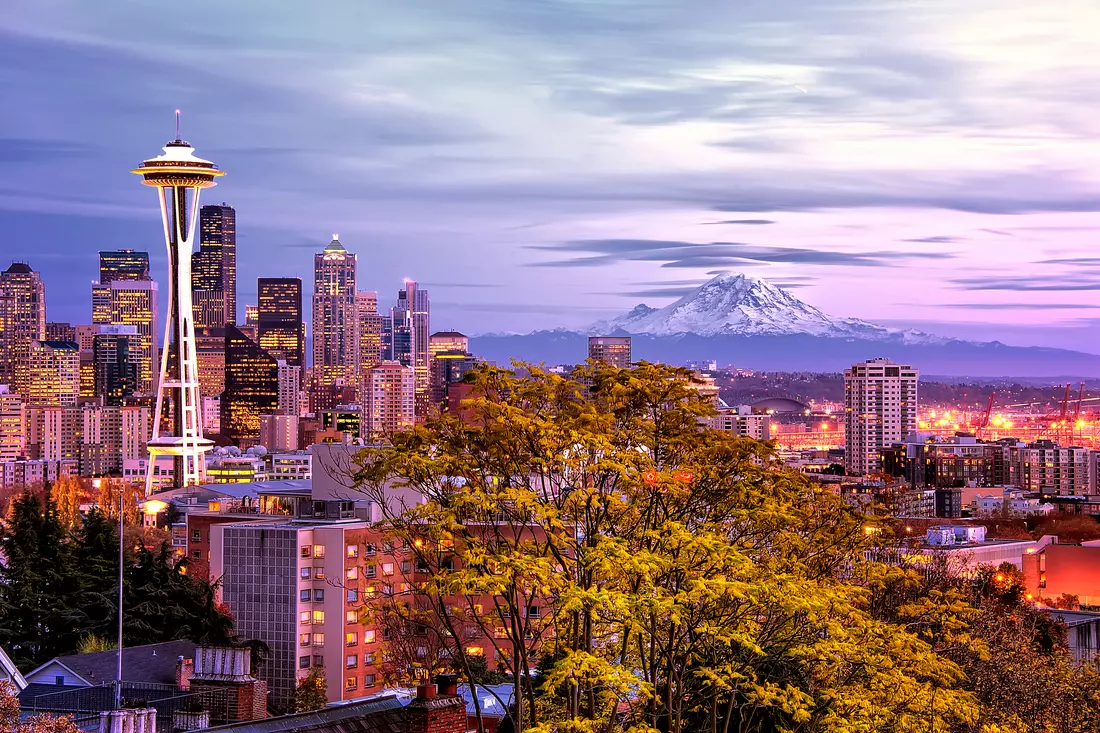July 20, 1969 seemed to bring the world to a standstill. Time lost its usual rhythm. In New York, crowds gathered in front of store windows displaying televisions; in London, pubs stayed open until dawn; and in Tokyo, people lined up to listen to radio broadcasts. Somewhere in rural homes, old tube TVs showed black-and-white images, while in metropolises, giant screens broadcast live footage from the Moon.
Some sat on their couches with a cup of coffee, others stood in dark yards, looking up at the sky, trying to imagine: right now, on that distant, cold surface, a man was moving. Not just any man — the ambassador of all Earth, the first who dared to set foot on a world where no Homo sapiens had ever stepped before.
And there he was — a figure in a white spacesuit, slowly descending the metal ladder of the lunar module. Every move was under the watchful eyes of cameras; every word was being recorded into history. Then came the phrase that would become immortal:
"That's one small step for [a] man, one giant leap for mankind"
This phrase was more than just beautiful words. It concentrated decades of scientific pursuit, political rivalry, and human dreams.
The man was Neil Armstrong — a test pilot, engineer, astronaut, and the first representative of humanity to set foot on the Moon. But his story is not just about the courage of one individual. It is part of a great narrative about how the world stood at the edge of the impossible and took a step forward.
To understand how Armstrong ended up on the Moon, we need to go back to an era when space was not only science and romance but an arena of global political struggle, where every victory carried the pride of an entire nation, and every defeat felt like a national tragedy.
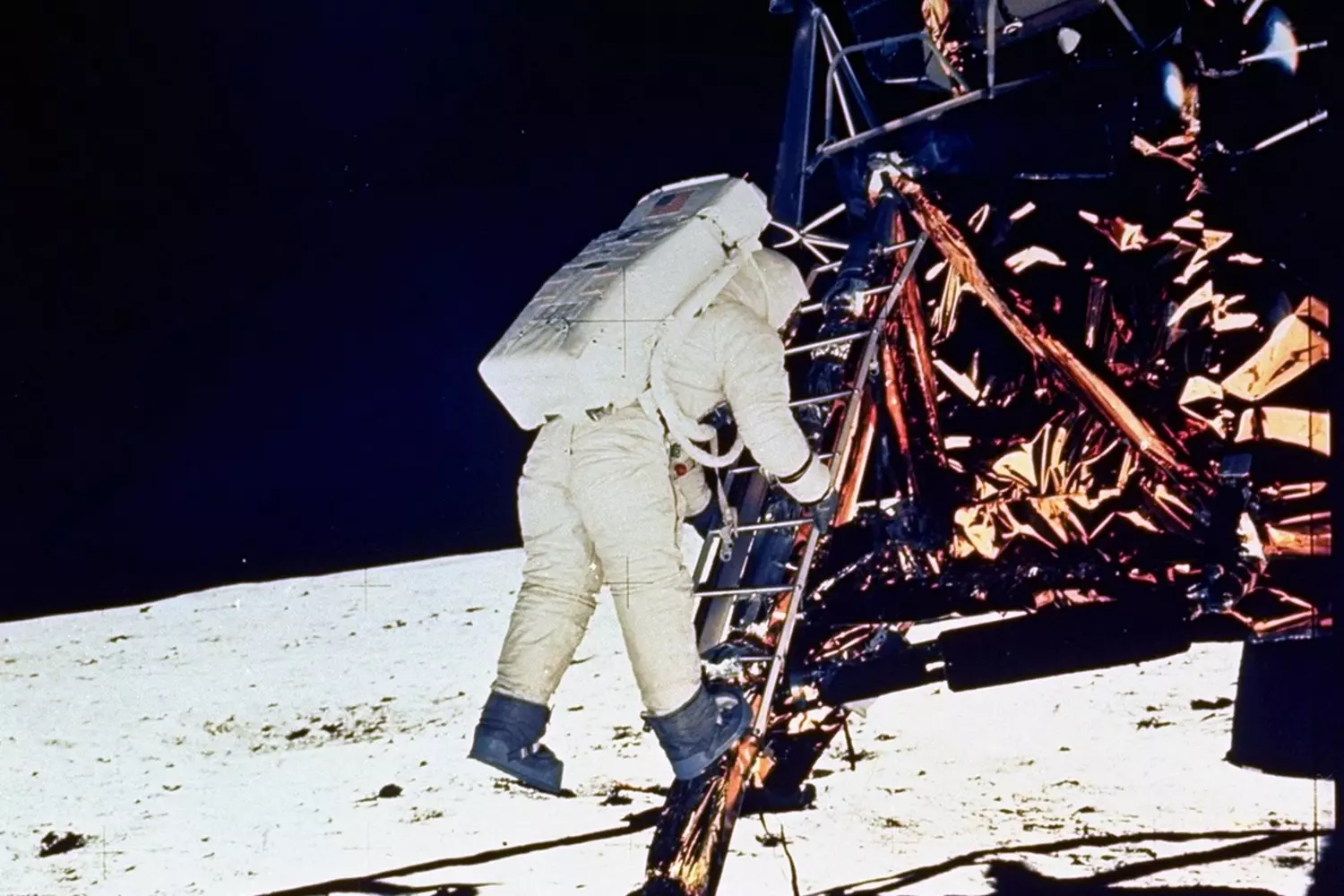
A piece of fabric and wood from the Wright brothers' airplane — the first flying machine in history — still lies on the Moon.
Space as the Arena: The Great Race Between the USA and the USSR
The 1960s became the decade when space stopped being just a mysterious point in the sky. It turned into a battlefield — quiet yet ruthless. The USA and the USSR competed not only in technology and science but also in ideologies. Every victory of one side in space was seen as proof of its system's superiority, while every loss was felt as a national wound.
It all began suddenly and loudly.
On October 4, 1957, the Soviet Union launched Sputnik 1 into space — a shiny metal sphere weighing just 83 kilograms that seemed to change the course of history. The world heard its “beep-beep” on radio frequencies, and this was not just a signal from orbit — it was an alarm bell for the United States.
A few years later, on April 12, 1961, the USSR again outpaced its rival. Yuri Gagarin orbited the Earth aboard the Vostok 1 spacecraft and uttered his legendary "Let's go!" This event shocked the world and became a symbol of the Soviet Union's courage and technological power.
In America, it was clear: to regain leadership, decisive action was needed. The Mercury and Gemini programs (1962–1966) began — a whole series of missions in which American astronauts trained vital skills:
- Docking spacecraft in orbit;
- Extended stays in weightlessness;
- Extravehicular activity (spacewalks);
- Executing complex maneuvering and control.
Every Soviet success acted as a catalyst for Americans. Research centers worked around the clock, engineers sketched designs on café napkins, and young students threw all their energy into studying physics and aerospace engineering.
It was during this intense period, on May 25, 1961, that President John F. Kennedy delivered a speech to Congress that became historic. His words were not merely a political statement but a challenge to the entire world:
"We choose to go to the Moon not because it is easy, but because it is hard. Because that goal will serve to organize and measure the best of our energies and skills..."
This was ambition bordering on madness. At that time, the U.S. had only one short suborbital flight by Alan Shepard behind it, and ahead lay the task of building a spacecraft capable of traveling nearly 400,000 kilometers, landing on the Moon, and returning safely.
From that moment on, the space race ceased to be just a competition—it became a national mission. And both countries were ready to go to the very end.
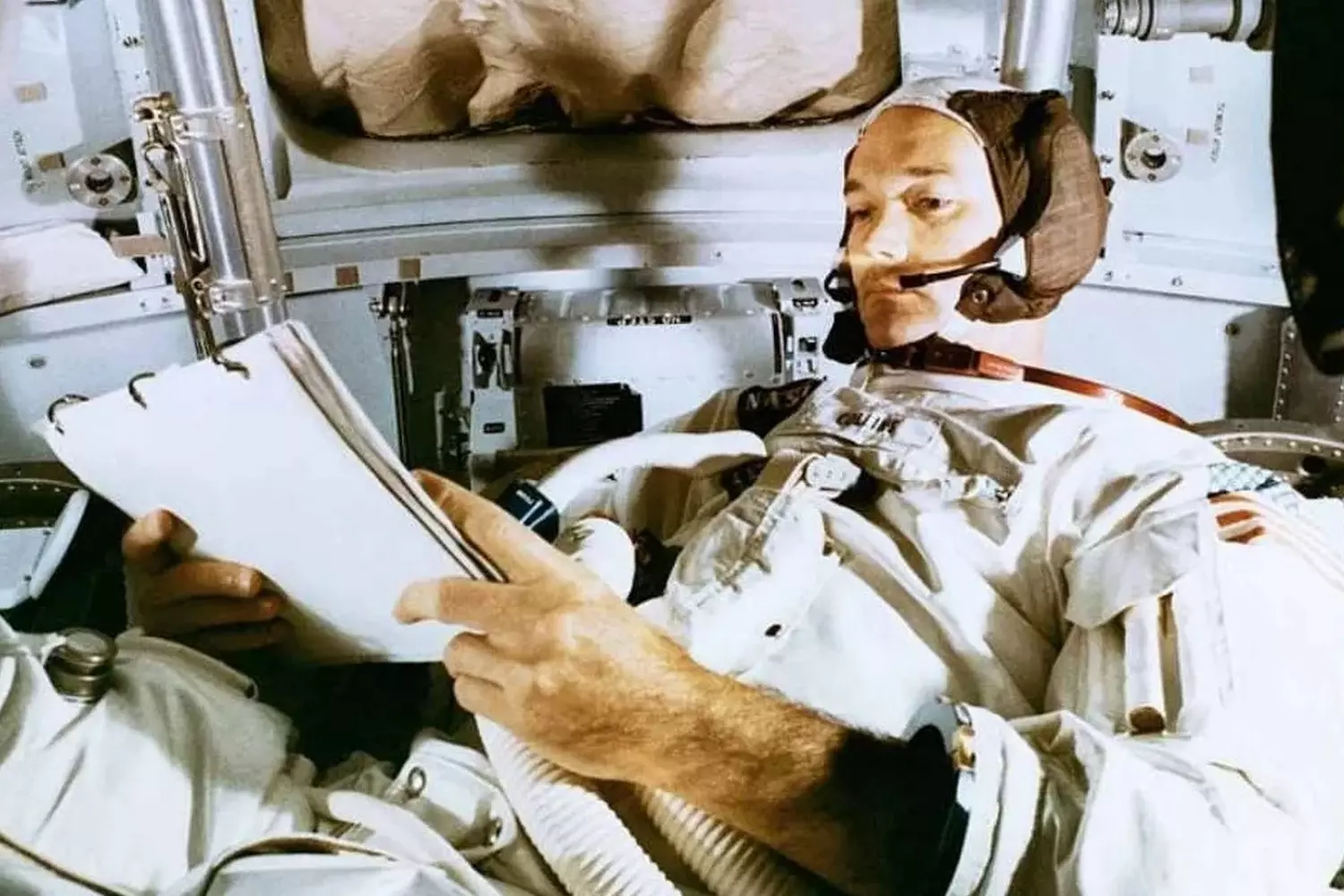
The Journey to the Moon: How Apollo Was Born
If the space race between the USSR and the USA was a marathon, then the Apollo program was the final, toughest stretch of the course. It became one of the largest engineering projects in human history, uniting the efforts of more than 400,000 people: engineers, scientists, pilots, factory workers, programmers, medical staff, and even artists who designed the control panels.
The main goal was both simple and insane: to land a man on the Moon and bring him back alive. But the path to this was far from a straight line. Every step was accompanied by risks, test explosions, system failures, and sometimes — tragedies.
- 01. Why Apollo was so complex
Unlike an Earth orbit flight, a mission to the Moon required:
- A super-powerful rocket capable of launching payloads weighing tens of tons;
- Life support systems that would work in complete isolation from Earth;
- Navigation at a distance of nearly 400,000 km;
- Docking spacecraft in lunar orbit;
- Technology for landing and subsequent takeoff from the Moon’s surface.
To achieve this, NASA engineers created the Saturn V — the most powerful rocket in history — and developed a modular spacecraft system: the command module, lunar module, and service module.
- 02. Training missions before Apollo 11
- Apollo 7 (1968)
The first manned flight of the program. Its task was to test the command module in Earth orbit. The mission lasted 11 days — a record for the USA at the time. The crew tested life support systems, navigation, communication, and practiced long-duration flight modes. - Apollo 8 (1968)
The first-ever mission with humans to orbit the Moon. Three astronauts — Frank Borman, James Lovell, and William Anders — made dozens of orbits in 20 hours, sending back photos of the Moon’s far side and the legendary “Earthrise” shot. This flight proved that the USA was capable of sending people to the Moon and bringing them home. - Apollo 10 (1969)
This mission was called the “dress rehearsal” before the landing. The crew descended in the lunar module to just 15 kilometers from the Moon’s surface. They practiced every step — docking, separation, and module control — except the actual landing. It was the moment of truth: the technology was ready, and the people were trained.
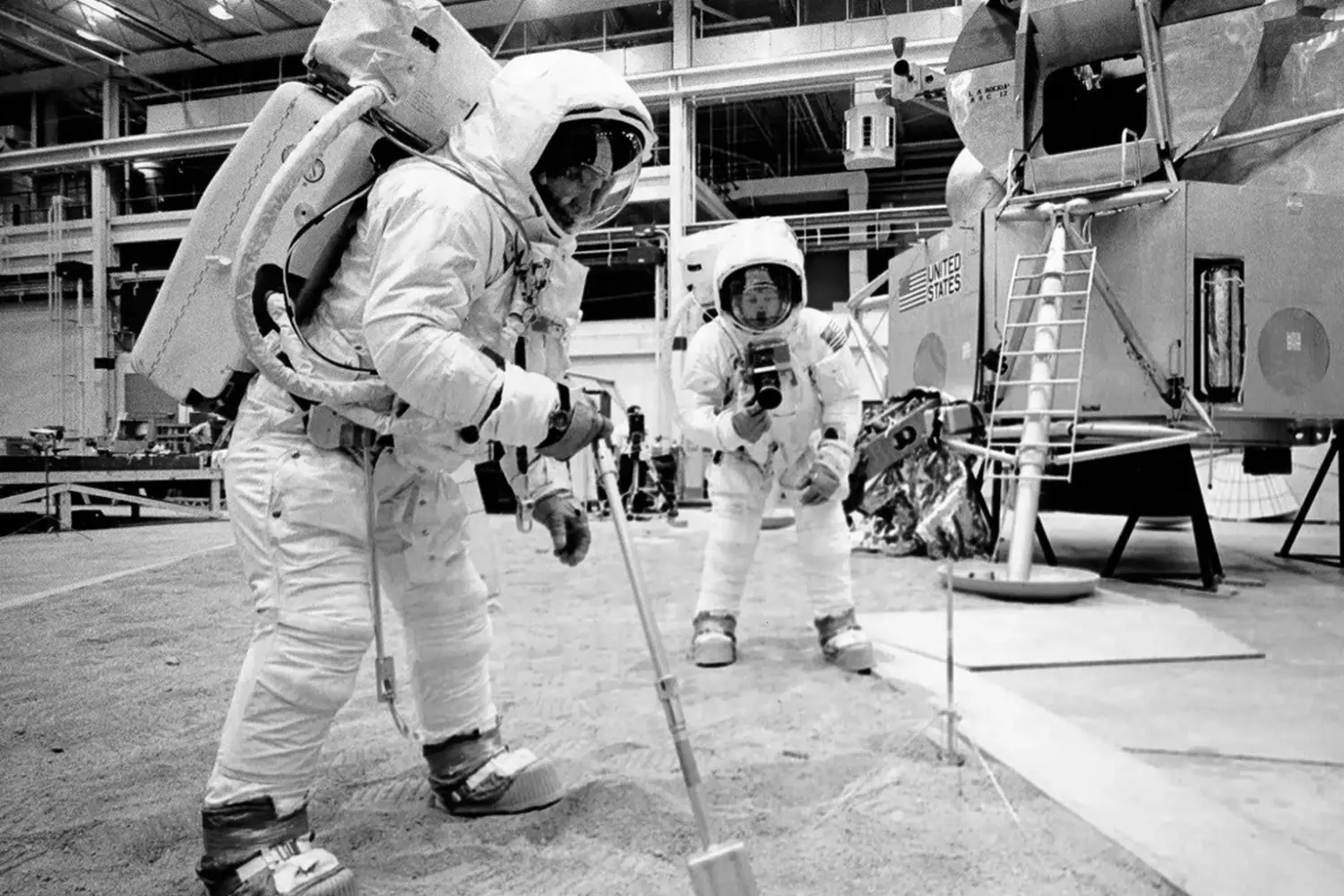
The Technical Giant That Delivered Humans to the Moon: The Saturn V Rocket and the Eagle Module
At the end of the 1960s, when the world held its breath watching the conquest of the Moon, the main star of this cosmic drama was not only the team of astronauts but also an engineering marvel — the Saturn V rocket. It was a true giant among all rockets ever built by humans. Even decades later, no one has created anything more powerful in terms of payload capacity.
The Saturn V towered over the launch pad like a skyscraper: 110 meters tall—roughly equivalent to a 36-story building. Its launch mass reached 2,800 tons, and during takeoff, it burned fuel at a rate of nearly 13 tons per second. The power of its three stages was such that the flames and shockwave could be felt miles away.
- 01. Three stages to the Moon
The rocket consisted of three main stages, each performing a specific task:
- First stage (S-IC)
Provided liftoff and lifted the spacecraft to an altitude of about 68 km. - Second stage (S-II)
Accelerated the vehicle to near-orbital velocity. - Third stage (S-IVB)
Sent the mission on its way to the Moon, overcoming Earth’s gravity.
- 02. Command Module Columbia
Atop the Saturn V sat the Command Module Columbia — a kind of space “apartment” for the three astronauts. Here they lived, controlled the flight, conducted observations, and prepared for the landing. Columbia remained in lunar orbit with Michael Collins while his colleagues explored the surface. - 03. Lunar Module Eagle
But the true symbol of the mission was the Lunar Module Eagle. This was the “moon elevator,” designed specifically for landing on the surface. It had two parts:
- The descent stage with legs, engine, and landing equipment.
- The ascent stage, which after the mission lifted the astronauts back to lunar orbit to rendezvous with Columbia.
It was inside the Eagle that Neil Armstrong and Buzz Aldrin descended to the Moon’s surface on July 20, 1969, and Armstrong spoke his legendary phrase: "That's one small step for man, one giant leap for mankind."
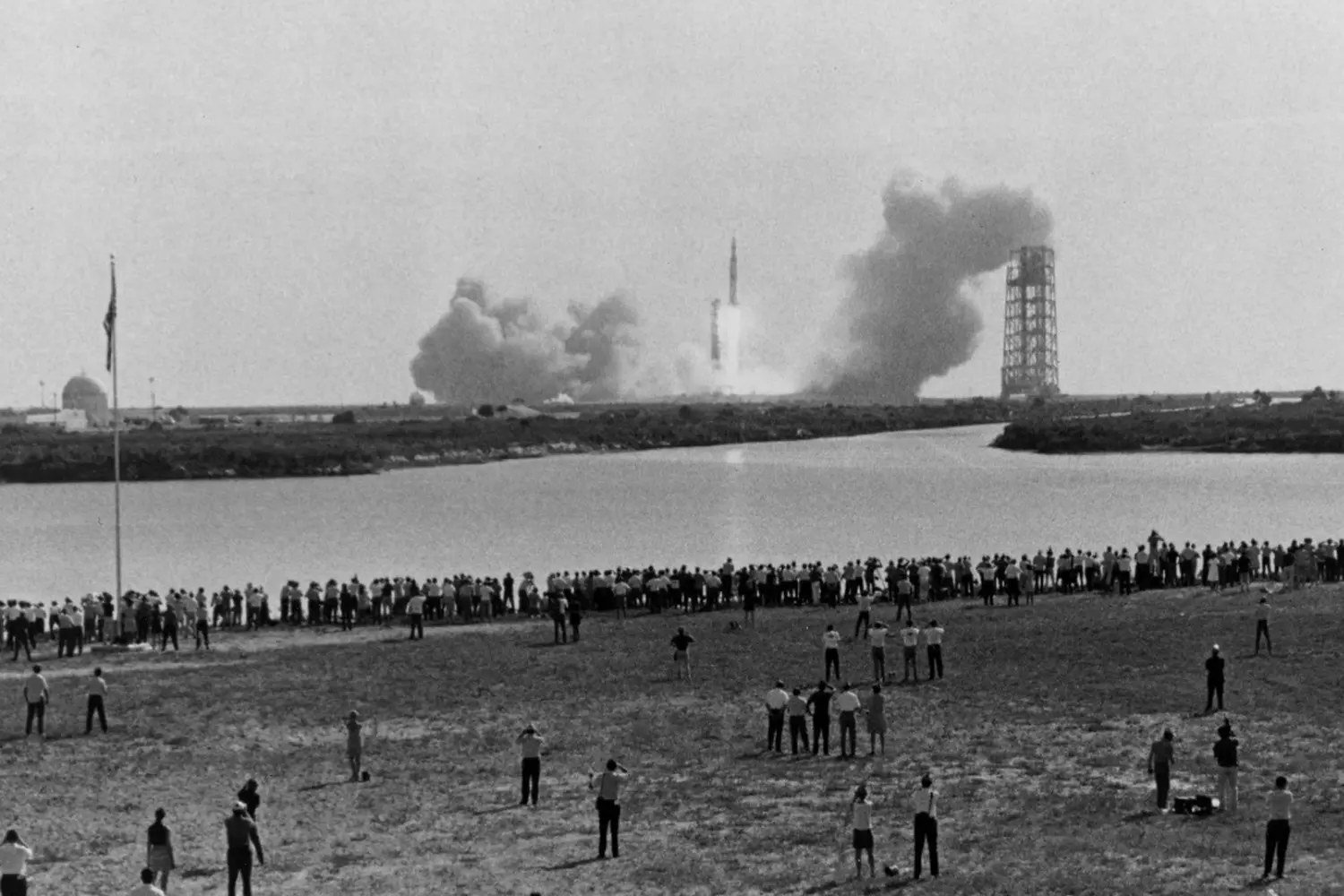
The largest and most important airports in the USA
The People Who Changed History: The Apollo 11 Crew
Behind every great event are those who dared to take a step into the unknown. On July 16, 1969, three men embarked on a journey that forever changed humanity’s perception of what was possible. Their names are known today even to those far removed from astronautics — Neil Armstrong, Buzz Aldrin, and Michael Collins. But behind the concise textbook lines lie stories of courage, teamwork, and human responsibility.
- 01. Neil Armstrong — the first person on the Moon
The mission commander, a veteran of the Korean War, an experienced test pilot, and a man of iron will. Armstrong was not just the crew leader but the one who had to make critical decisions in seconds. He was the one who uttered the historic phrase about the “small step” and was the first to set foot on the lunar surface. Yet, his restraint and modesty made him more a symbol of the entire team than a personal hero. - 02. Buzz Aldrin — the lunar strategist
The pilot of the Eagle lunar module and the second person to walk on the Moon. Aldrin was not just an astronaut — he held a doctorate in astronautics and developed docking procedures for spacecraft that became the foundation for future missions. His energy and determination perfectly balanced Armstrong’s calm demeanor, and Aldrin’s photographs on the Moon became some of the most iconic images in history. - 03. Michael Collins — the unseen hero of orbit
The pilot of the Columbia command module, a man who never set foot on the Moon but without whom the mission would have been impossible. While Armstrong and Aldrin explored the surface, Collins remained in orbit, monitoring all systems and preparing to receive the Eagle module. He spent 21 hours alone — without communication with Earth when the spacecraft was behind the far side of the Moon — and later admitted that it was one of the most peaceful moments of his life.
These three men had different personalities, but they were united by a goal whose magnitude is hard to overestimate. Thanks to their work and mutual trust, Apollo 11 became not just a mission — it became humanity’s giant leap into space.
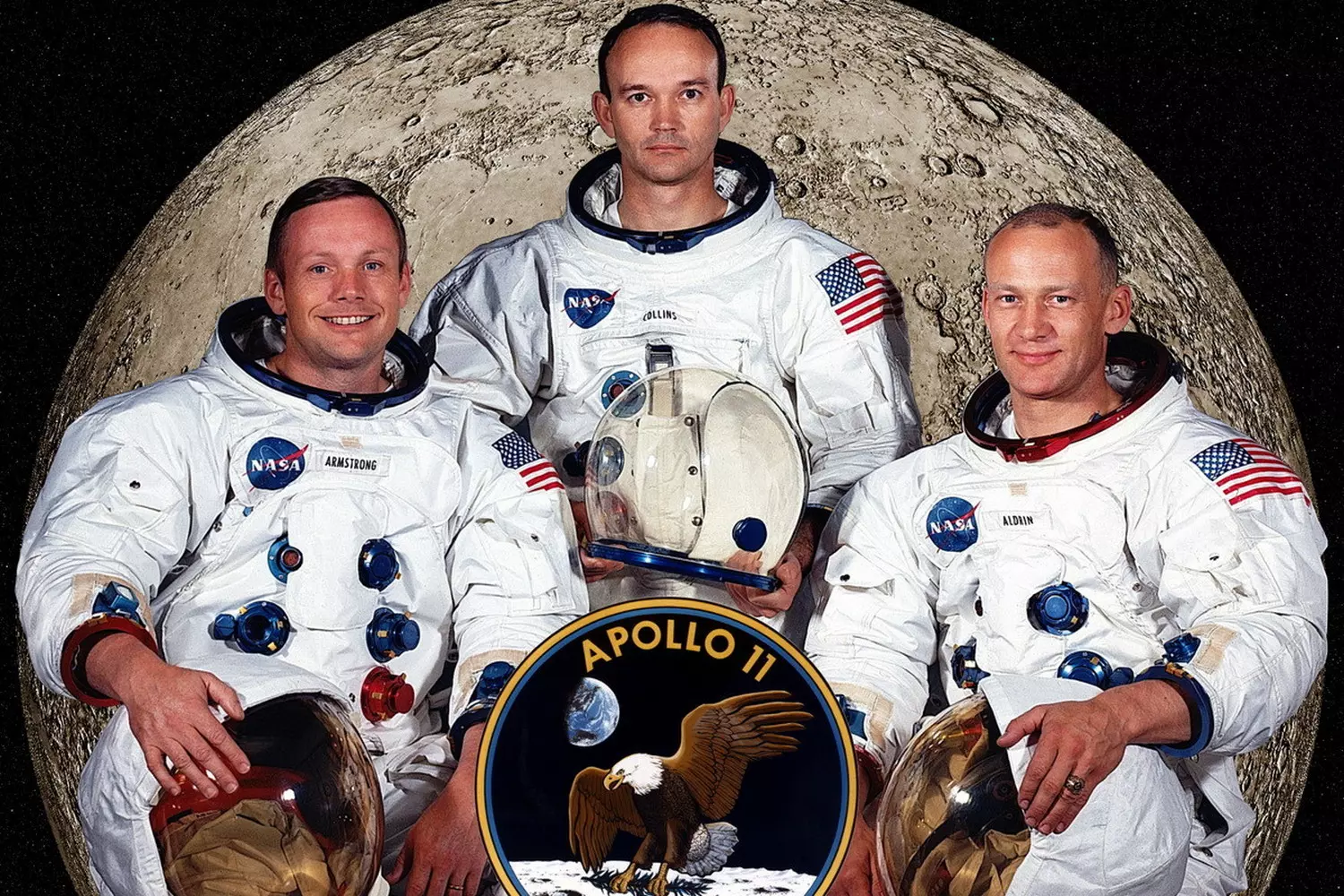
Neil Armstrong: The Journey of the First Man to Conquer the Moon
The story of Neil Armstrong is the story of a man who embodied the dreams of millions, yet always remained remarkably humble and grounded. His life was filled with determination, professionalism, and fearlessness in the face of the unknown.
- 01. Childhood and Youth: First Steps to the Sky
Neil Alden Armstrong was born on August 5, 1930, in the small town of Wapakoneta, Ohio. From an early age, he showed an interest in technology and aviation — at 6 years old, he flew in an airplane for the first time, and by the age of 16, he had already obtained a pilot’s license. Interestingly, he got his driver’s license later — at 18. For him, the sky was home, and his dream was to conquer the space beyond Earth.
Armstrong found studying easy. After finishing school, he enrolled at Purdue University in the aerospace faculty. However, his studies were interrupted when Armstrong went to serve in the U.S. Navy aviation during the Korean War, where he gained valuable pilot experience. - 02. Test Pilot Career: Pushing the Boundaries of Possibility
After his Navy service in the mid-1950s, Armstrong became a test pilot at the National Aeronautics and Space Administration (NASA). He flew experimental aircraft, including the legendary X-15 — a vehicle capable of reaching altitudes close to the edge of space.
The job of a test pilot demanded the highest concentration and readiness for any emergencies. Armstrong demonstrated calmness and technical expertise that soon made him an ideal candidate for astronaut training. - 03. Joining NASA: Gemini 8 Mission and Lessons from Space
In 1962, Armstrong was accepted into the NASA astronaut corps. His first spaceflight took place in March 1966 — the Gemini 8 mission. This mission was critically important for practicing spacecraft docking in orbit — a key step for future lunar expeditions.
During the docking, a serious malfunction occurred: Gemini 8 began to spin uncontrollably. Armstrong kept a cool head and quickly reacted by shutting down the faulty engine and stabilizing the spacecraft, thus saving the crew. This incident proved his professionalism and leadership qualities. - 04. Leadership in Apollo 11: Calm in the Moment of Truth
On July 20, 1969, Armstrong showed the highest level of skill on the Moon. When the automatic landing system brought the module to a dangerous rocky area, he took manual control and safely landed the Eagle on the surface.
Every decision he made in those minutes was critical: a single wrong step could cost lives.
Despite worldwide fame, Armstrong always emphasized that the mission's success was the achievement of a huge team of engineers, scientists, and technicians who had worked on the project for years.
"I was just the one who stepped first. The real heroes are those who made this possible."
After returning from the Moon, Armstrong continued working at NASA, and in 1971 he moved to academia, becoming a professor of aerospace engineering at Purdue University.
He avoided excessive media attention, rarely gave interviews, and preferred to focus on teaching and scientific work.
Armstrong passed away in 2012, but his legacy remains a symbol of courage, professionalism, and incredible human spirit.
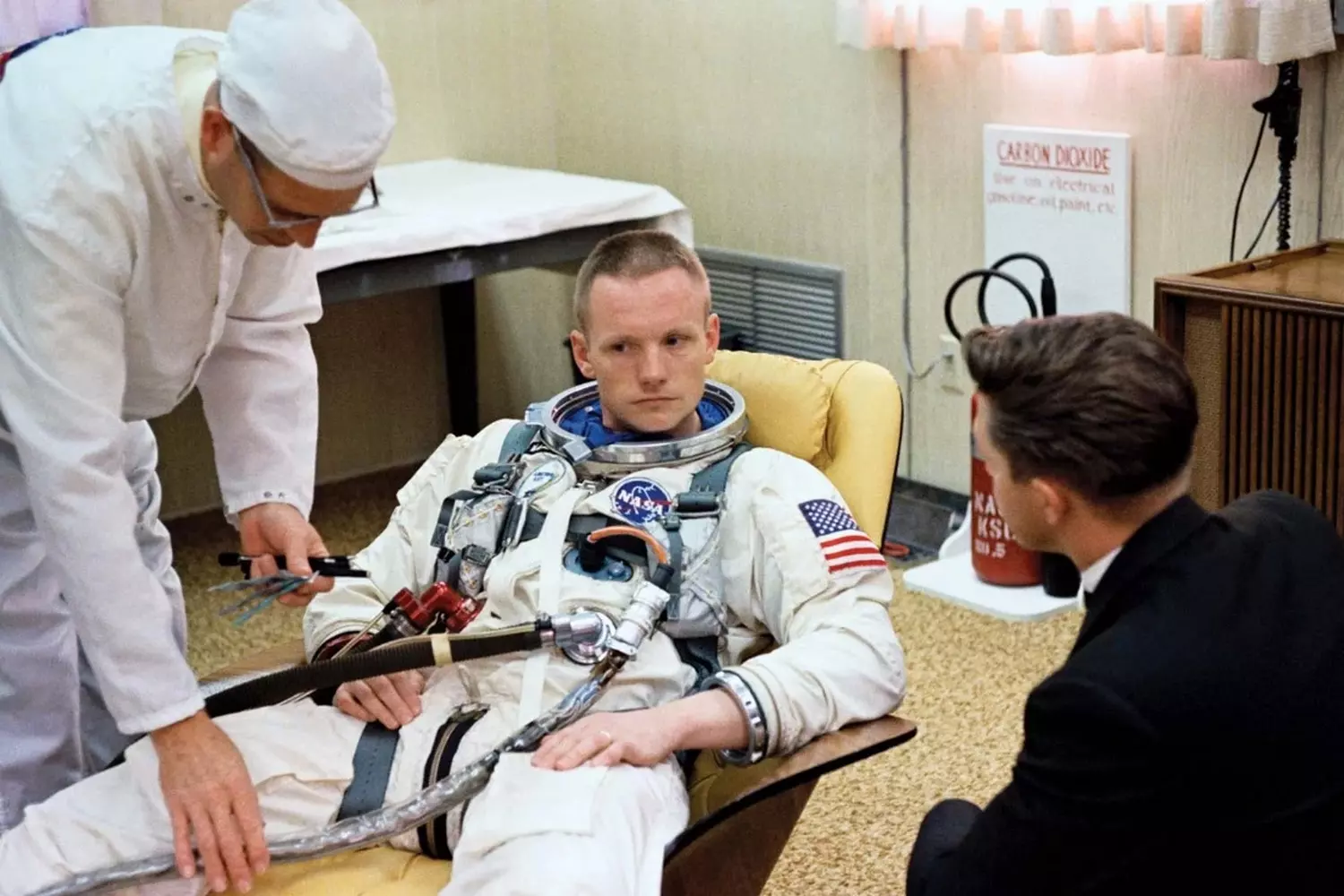
July 20, 1969: The Moment Humanity Took Its First Step on the Moon
This day went down in history as one of the greatest moments of human civilization — the moment when dreams of conquering space became reality. It all began precisely at 20:17 Coordinated Universal Time (UTC), when the landing module Eagle gently touched down on the surface of the Moon in the Sea of Tranquility — a flat and safe area of the lunar landscape.
The mission commander Neil Armstrong immediately transmitted a short and concise message to Earth:
"Houston, Tranquility Base here. The Eagle has landed"
These words instantly became a symbol of success, hope, and human courage. They were heard at the Mission Control Center in Houston, where millions of people around the world anxiously followed every move of the crew.
However, the true triumph came nearly six hours later, when Armstrong, clad in his heavy white spacesuit, carefully descended the narrow metal ladder of the lunar module. Every movement was calculated and deliberate, because there was no room for error: pressure, weightlessness, the harsh lunar surface — all demanded maximum focus. And at that historic moment, the phrase the whole world remembers was spoken:
"That's one small step for [a] man, one giant leap for mankind."
He was followed 19 minutes later by Buzz Aldrin — the second man on the Moon. Together, they spent about two and a half hours exploring the surface, setting up scientific instruments, and even leaving commemorative markers on the Moon.
Their steps — barely noticeable but symbolic — reflected the full power of the human spirit and the drive to explore the unknown. On this day, Earthlings touched another celestial body for the first time, forever changing their understanding of humanity’s place in the Universe.
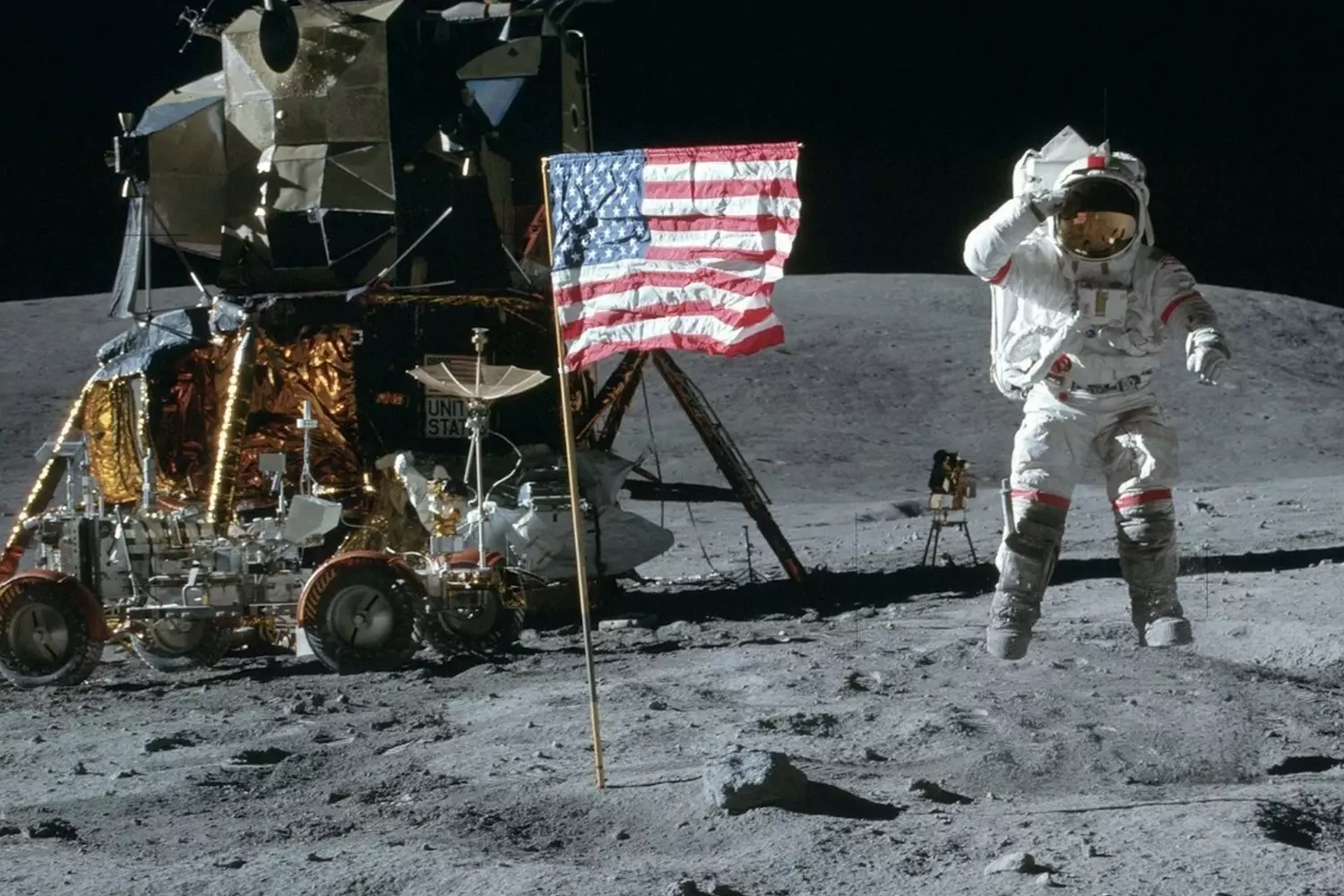
Global Reaction: How the World Welcomed Humanity’s First Step on the Moon
On July 20, 1969, millions of people around the world witnessed an event that forever entered the history of humanity. The live broadcast of the Moon landing became one of the most massive media events of its time: according to various estimates, about 600 million viewers — nearly a third of the planet’s population — watched every movement of the astronauts with bated breath.
Television screens, radios, and receivers united people from all corners of the Earth. From bustling metropolises to small villages, from schools to offices — everywhere there was an atmosphere of wonder and pride. That evening, families, friends, and colleagues gathered at home to experience together this moment of unity and triumph.
- 01. Political resonance and international congratulations
The President of the USA, Richard Nixon, personally called space to congratulate the astronauts. In his brief but heartfelt message, he emphasized that this achievement belonged not only to America but to all humanity: “This is a day that will go down in history as a testament to courage, perseverance, and the human spirit.”
Leaders of other countries, including both allies and rivals of the USA, sent congratulatory telegrams and messages. Despite the Cold War and political tensions, the Moon landing became an event capable of uniting people of all nationalities. - 02. Popular joy and unity
In cities around the world, people took to the streets with flags and posters, organizing spontaneous rallies and celebrations. In New York City, hundreds of thousands gathered in Central Park, in London — at Trafalgar Square, and in Tokyo — in front of the largest screens.
Children drew pictures depicting the Moon and astronauts, teachers told stories about the feat in classrooms, and musicians composed songs dedicated to this historic day. - 03. An atmosphere of hope and inspiration
For many, the Moon landing became a symbol that even the most ambitious dreams can come true. It inspired new generations of scientists, engineers, and explorers, and served as a reminder that joint efforts and belief in oneself can overcome any obstacle.
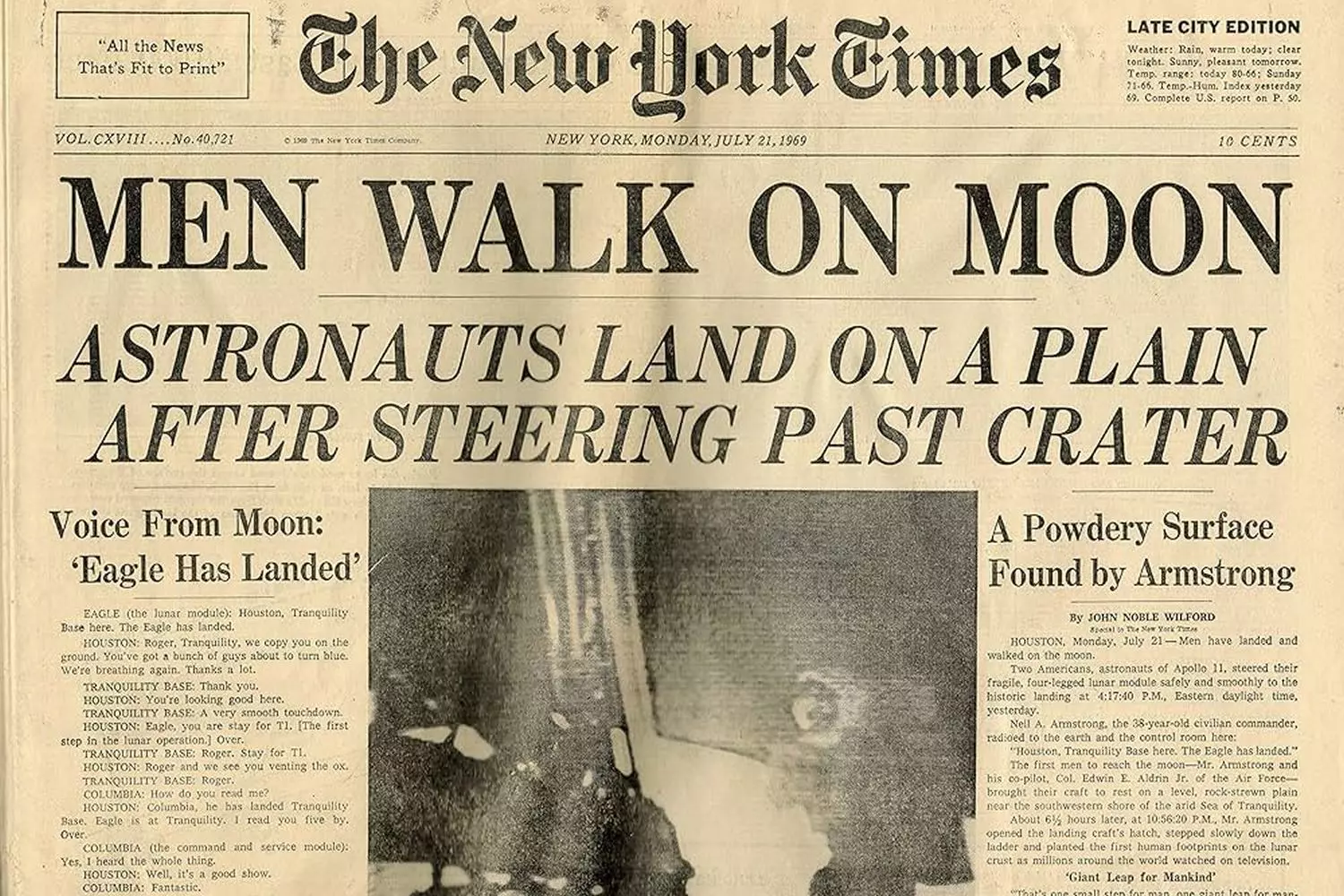
Myths and Legends About the Moon Landing: Fact vs. Fiction
Since the historic Moon landing in 1969, many rumors, conspiracy theories, and myths have surrounded the event. For some people, the idea that humans could reach another celestial body seemed so incredible that they began to doubt the reality of the Apollo 11 mission.
Most common myths and their debunking
- 01. The Moon landing was faked in a studio
Some claimed that NASA forged videos and photographs of the landing, and that the entire flight was staged.
Truth: The footage was recorded by several independent agencies and countries around the world, including the Soviet Union, which closely monitored the flight. Also, retroreflectors were left on the Moon for laser measurements, still used today, confirming the landing. - 02. There are no stars in the photos from the Moon
Critics point out that stars are not visible in the lunar surface pictures.
Truth: Cameras were adjusted for the bright surface of the Moon and astronauts' suits, so the faint light from stars did not register on film — the same effect occurs when photographing bright objects on Earth. - 03. The US flag "waves" on the Moon
Some observed that the flag appears to flutter, which is impossible without wind.
Truth: The flag was specially equipped with a horizontal rod to prevent it from sagging. The movements were caused by astronauts’ handling and the inertia of the fabric during installation. - 04. The technology of the 1960s did not allow for a Moon flight
Skeptics argue that the computers of that era were too primitive.
Truth: NASA developed unique computer systems and equipment specifically designed for space flights. The mission combined automatic systems and astronaut expertise, allowing manual control when necessary.
Debunking these myths helps better understand the scale and complexity of the Apollo 11 mission, as well as appreciate the efforts of thousands of people who made the Moon landing possible. True knowledge not only preserves historical memory but also inspires new achievements.
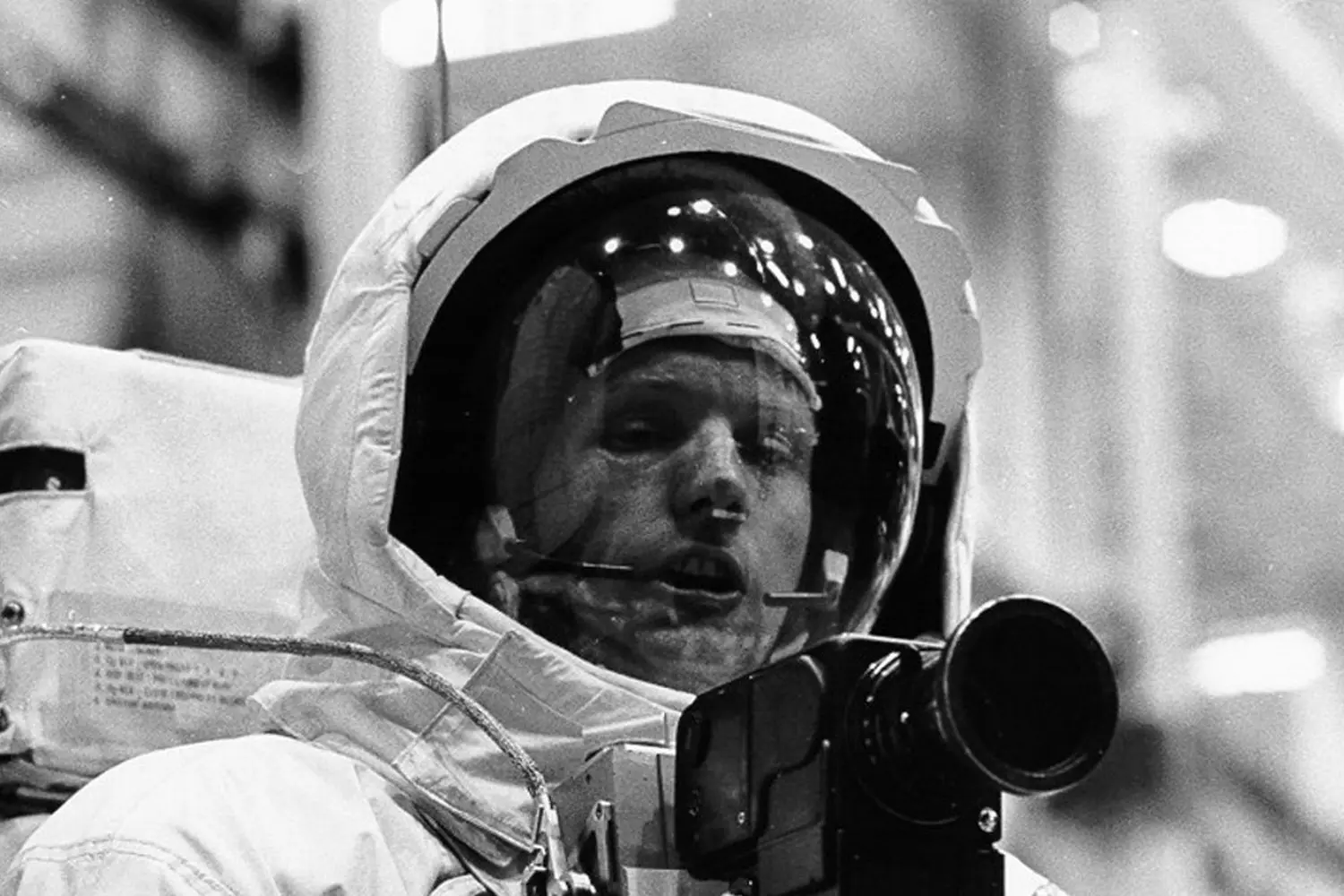
The Legacy of the Apollo 11 Mission: How the Moon Landing Changed the World
The Moon landing is not just a historical fact recorded in textbooks. It is an event that left a profound mark on the development of science, technology, and culture, inspiring millions of people and influencing many areas of our lives.
- 01. Inspiration for new generations
When Neil Armstrong took his famous step, he not only symbolized the success of one mission but also opened the door to a new era of possibilities. Countless young people around the world were inspired to become scientists, engineers, and astronauts. The Moon landing became an example that the human mind can overcome any barriers if a goal is set and pursued diligently. - 02. Technological breakthrough
Completing the mission required creating and improving many technologies that later found widespread use in everyday life:
- Computer technologies
The development of navigation and control systems for Apollo gave a boost to the creation of miniature and powerful computers. Modern smartphones and computers owe much to the technologies born at NASA. - Materials science
The creation of lightweight and durable materials for spacesuits and spacecraft propelled advances in new composites and alloys, now used in aviation, medicine, and even sports equipment. - Communications and radio engineering
To maintain constant contact with the Apollo crew, advanced data transmission systems were developed, forming the basis of modern satellite communications and the internet.
- 03. Medical and biological research
Space missions enabled a deeper understanding of the effects of weightlessness and cosmic radiation on the human body. This knowledge helped advance medical technologies, improve conditions for long-duration expeditions, and contributed to new methods of diagnosis and therapy on Earth. - 04. Cultural and educational impact
The story of Apollo 11 has become an integral part of the world’s cultural heritage. Books, films, museums, and educational programs continue to tell the tale of the first lunar explorers, inspiring discovery and creativity.
The Apollo 11 mission is an example of how a single determined idea can change the entire world. The Moon landing not only proved humanity’s capabilities but also laid the foundation for future generations of explorers and inventors.
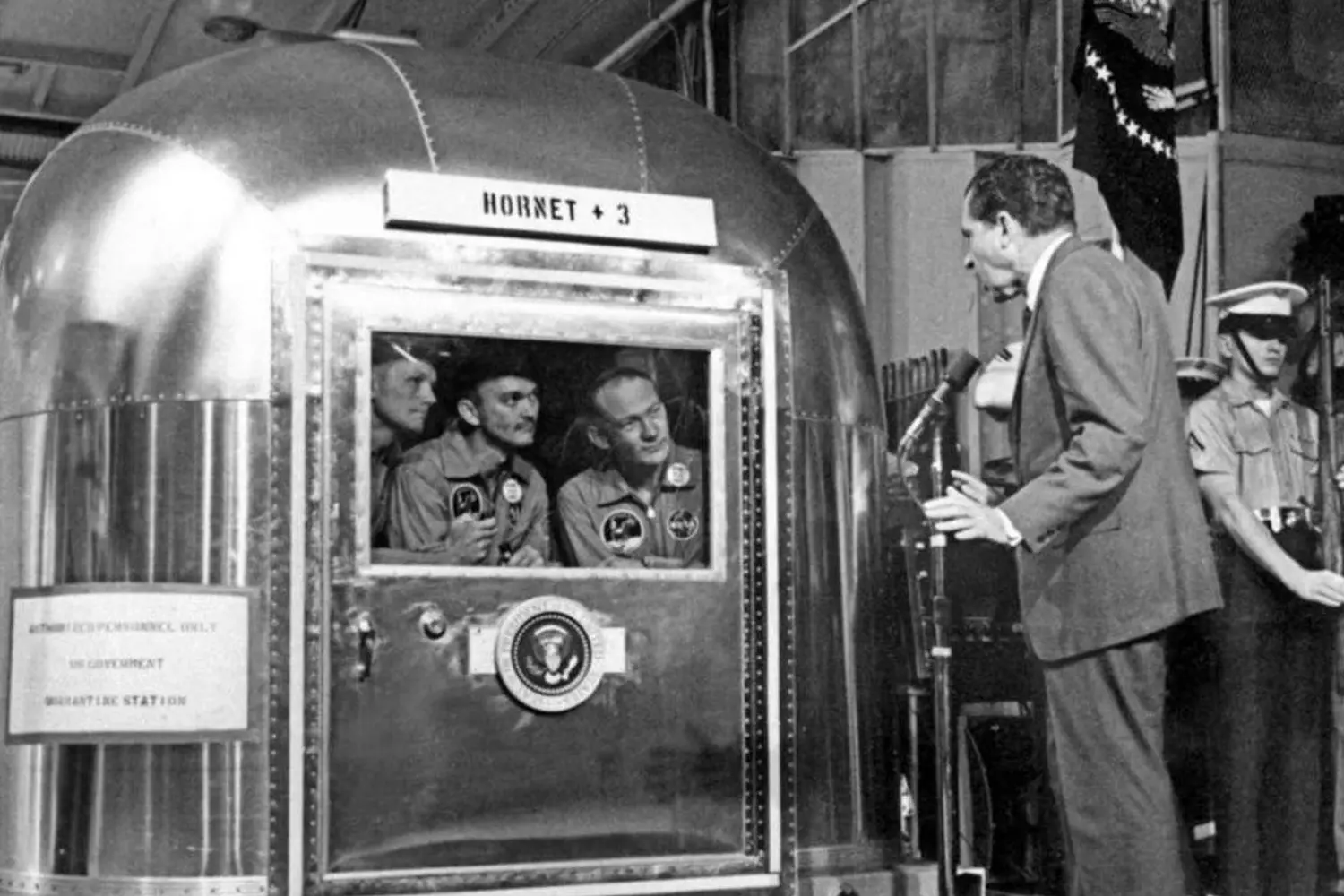
Space Journey Across the USA: Must-Visit Places for Every History Enthusiast
If the thought of humanity’s great space achievements takes your breath away and you want to see with your own eyes the places where history was made, the USA offers many unique locations that immerse you in the atmosphere of the Moon landing era. Traveling to these iconic sites is an opportunity not just to learn facts, but to feel the scale and drama of those events.
- 01. Kennedy Space Center, Florida
This is the heart of the American space program, from where all Apollo flights were launched. Here you can:
- Visit the museum with original spacecraft and rockets, including Saturn V models.
- See launch pad 39A, from which Apollo 11 soared into space on July 16, 1969.
- Tour the Mission Control Center, where NASA specialists monitor missions.
- Take part in interactive tours and simulators to experience what it’s like to be an astronaut.
- 02. National Air and Space Museum of the Smithsonian Institution, Washington D.C.
One of the largest museums in the world dedicated to aviation and space. It houses a rich collection of artifacts:
- The actual Apollo 11 command module — where Neil Armstrong spent most of the mission.
- Personal belongings of the astronauts, documents, and historic photos.
- Exhibits showcasing the development of space technologies and mission preparations.
- 03. National Museum of the U.S. Air Force, Dayton, Ohio
Though primarily focused on aviation, here you can learn about the history of test pilots, including Neil Armstrong. The exhibits help understand how his flying career prepared him for his astronaut role. - 04. Johnson Space Center, Houston, Texas
This is where NASA astronauts undergo training. Tours here offer:
- Visits to spaceflight and zero-gravity simulators.
- Information about modern space programs and technologies.
- Insights into the history of Apollo crew training.
- 05. Neil Armstrong’s hometown — Wapakoneta, Ohio
Visit this small but cozy town where Armstrong was born and raised. Here you will find:
- A museum dedicated to the life and legacy of the first man on the Moon.
- Monuments and memorial sites telling the story of his journey.
- The chance to feel the atmosphere that shaped this future hero.
- 06. Space & Rocket Center, Huntsville, Alabama
Here you’ll find many interactive exhibits dedicated to Saturn V rockets and the lunar program. This place is perfect for families and anyone wanting to understand the technical details of the missions more deeply.
Each of these locations is a window into the past, allowing you to relive humanity’s great moments. Immersing yourself in the atmosphere, meeting artifacts, and listening to guides helps not just to learn, but to truly feel the achievement of Neil Armstrong and the Apollo 11 team.
A journey along America’s space trails inspires, broadens horizons, and reminds us that great goals are achievable with persistence and a team of like-minded people.
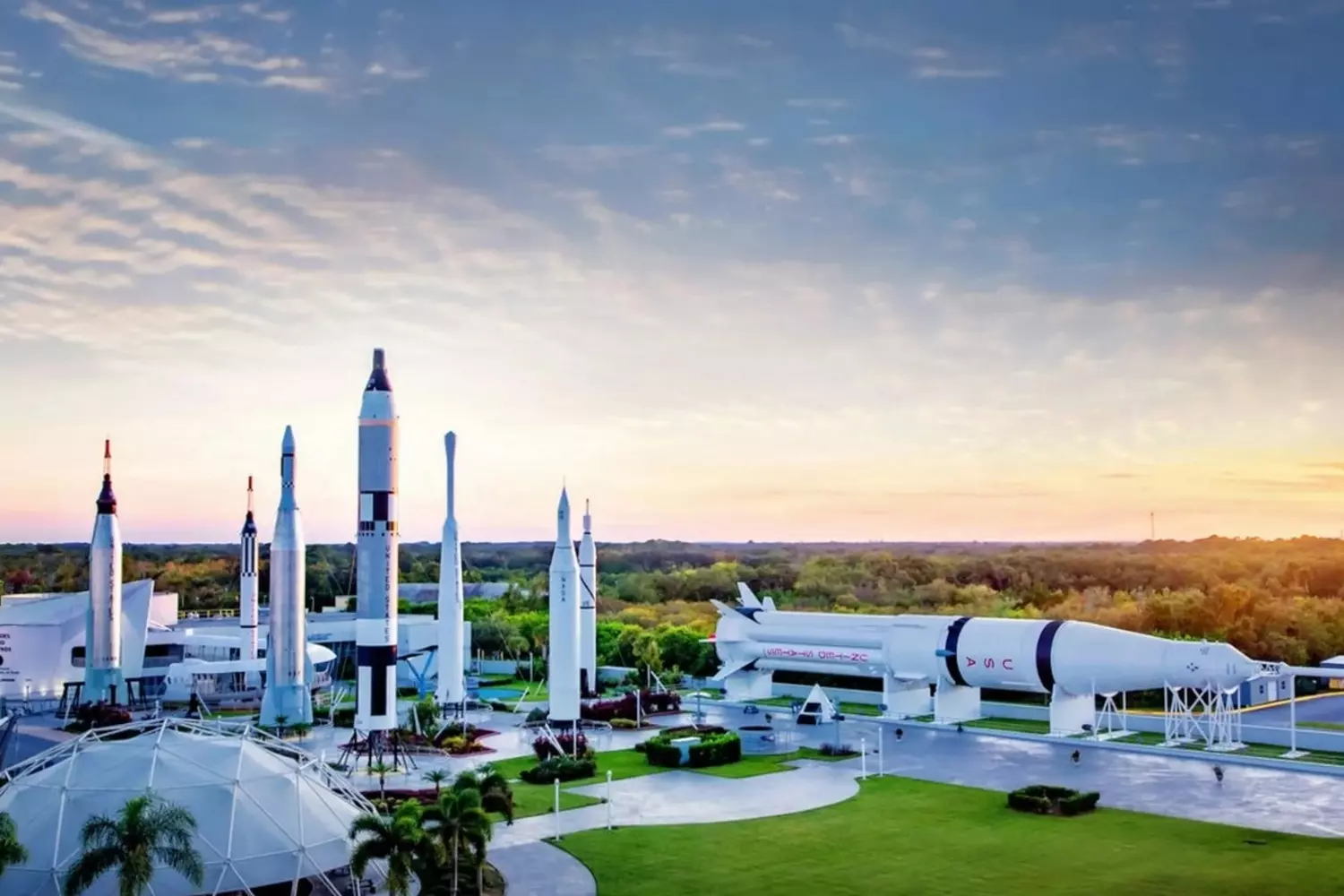
Moon Mysteries: 20 Surprising Facts About the Moon Landing and Neil Armstrong
On July 21, 1969, Neil Armstrong took “one small step” that changed the course of human history. But behind the scenes of the legendary Apollo 11 mission lie dozens of amazing details — from the smell of lunar dust to secret astronaut training. Ready to discover what stayed behind the cosmic curtain?
- 01. The Moon smells like burnt charcoal and gunpowder
When Armstrong and Aldrin returned to the module, lunar dust clinging to their suits filled the cabin with a sharp smell. The astronauts compared it to wet fireplace ash or spent gunpowder. Scientists still debate the cause of this “aroma” — possibly a reaction of lunar regolith with oxygen. - 02. Training to “walk sideways”
To get used to the Moon’s gravity, Armstrong and Aldrin spent hours walking… on walls! They were suspended on cables at an angle, simulating lunar weight. Aldrin even rehearsed collecting samples on an artificial lunar landscape. - 03. The missing photo of Armstrong
For 20 years it was believed there was no photo of Neil on the Moon — the camera was in his hands. Only in 1987 was the single shot found: Aldrin accidentally captured Armstrong while making a panorama. - 04. Communion on the Moon
Buzz Aldrin, an elder of the Presbyterian Church, performed a communion rite on the Moon. He brought bread and wine, but NASA banned the broadcast due to an atheist lawsuit. - 05. Quarantine for astronauts… and technicians
After returning, the crew spent 3 weeks in isolation — scientists feared a “lunar plague”. However, lunar dust still got through: one technician accidentally touched a tape with bare hands and had to take a decontamination shower. - 06. Nixon’s emergency speech
The U.S. President prepared a statement in case the astronauts died: “Fate has ordained that these brave men rest on the Moon.” Fortunately, it was never needed. - 07. “Golf tournament” on the Moon
Astronaut Alan Shepard (Apollo 14 mission) hit a golf ball with a club he smuggled onboard. The ball flew “miles and miles” thanks to weak gravity. - 08. Lunar soil and the Soviet flag
Armstrong brought back samples of lunar soil and a flag that had been on the Moon as a gift to the USSR. In 1970, he personally presented them to Kosygin in Moscow. - 09. Astronauts almost stayed on the Moon forever
Before liftoff from the Moon, Buzz Aldrin accidentally broke the engine ignition toggle switch with his backpack. If they hadn’t fixed it, they wouldn’t have had a chance to return to orbit. The solution came unexpectedly — Aldrin used a regular marker to bridge the contacts. NASA engineers confirmed it would work, and the astronauts successfully took off. - 10. The first words from the Moon were transmitted through a $10 headset
Armstrong’s famous phrase “Houston, Tranquility Base here…” was transmitted via a Plantronics MS50 headset — a regular pilot model costing only $10. It was slightly modified to fit the spacesuits. - 11. Astronauts went through customs upon return
After returning to Earth, the Apollo 11 crew filled out a customs declaration like ordinary tourists. In the “Where have you been?” field, they wrote: “The Moon.” Their cargo was listed as “moon rocks and lunar dust.” - 12. Medallions honoring fallen astronauts left on the Moon
The Apollo 15 astronauts brought memorial medallions to the Moon with the names of 14 deceased astronauts — Americans and Soviets alike, including Yuri Gagarin and Vladimir Komarov. It was a gesture of respect to all who gave their lives for space exploration. - 13. Lunar dust could have killed the astronauts
The particles of lunar regolith were so sharp they pierced the layers of spacesuits and caused allergic reactions. NASA seriously feared the dust might be toxic or even contain unknown microorganisms. - 14. “Space music” heard on the Moon
The Apollo 10 astronauts reported strange sounds resembling “pipe music.” Later it was found these were radio interferences caused by interactions between the Moon’s magnetic fields and the spacecraft, but at the time it sounded eerie. - 15. NASA lost the original landing recordings
The original tapes of the landing were accidentally erased in the 1980s to be reused. Only lower-quality copies remain. - 16. The secret cargo of “Columbia”
The command module carried a sealed container with samples to Earth that was only opened in 2019. It contained perfectly preserved bubbles of lunar air. - 17. Soviet probe crashed on the Moon the day of the landing
While Apollo 11 approached the Moon, the Soviet automatic station Luna 15 was also attempting landing. It crashed on July 21 at 15:50 UTC — just hours before Armstrong’s step. - 18. Lost 2 minutes before landing
The Lunar Module computer malfunctioned 3 minutes before landing. Armstrong manually searched for a landing spot with fuel left for only 20 seconds of flight. - 19. Scandal over the “first words”
Armstrong’s actual first words on the Moon were: “Okay, engine stop.” But NASA cut this technical phrase from the broadcast. - 20. Forgotten “lunar trash”
The astronauts left on the Moon not only a flag and plaque, but also:
- 100 two-dollar bills (in case of emergency return);
- A bag with urine and feces;
- A golden olive branch as a symbol of peace.
One of the mirrors left for laser measurements still cannot be found. Scientists suspect it was buried by regolith kicked up by the ascent module.
The Moon landing is not only a triumph of technology but also a story of human emotions, quirks, and risks. These facts reveal just how dangerous and unpredictable the lunar mission was. Every detail could have been fatal, yet humanity still made that giant leap.
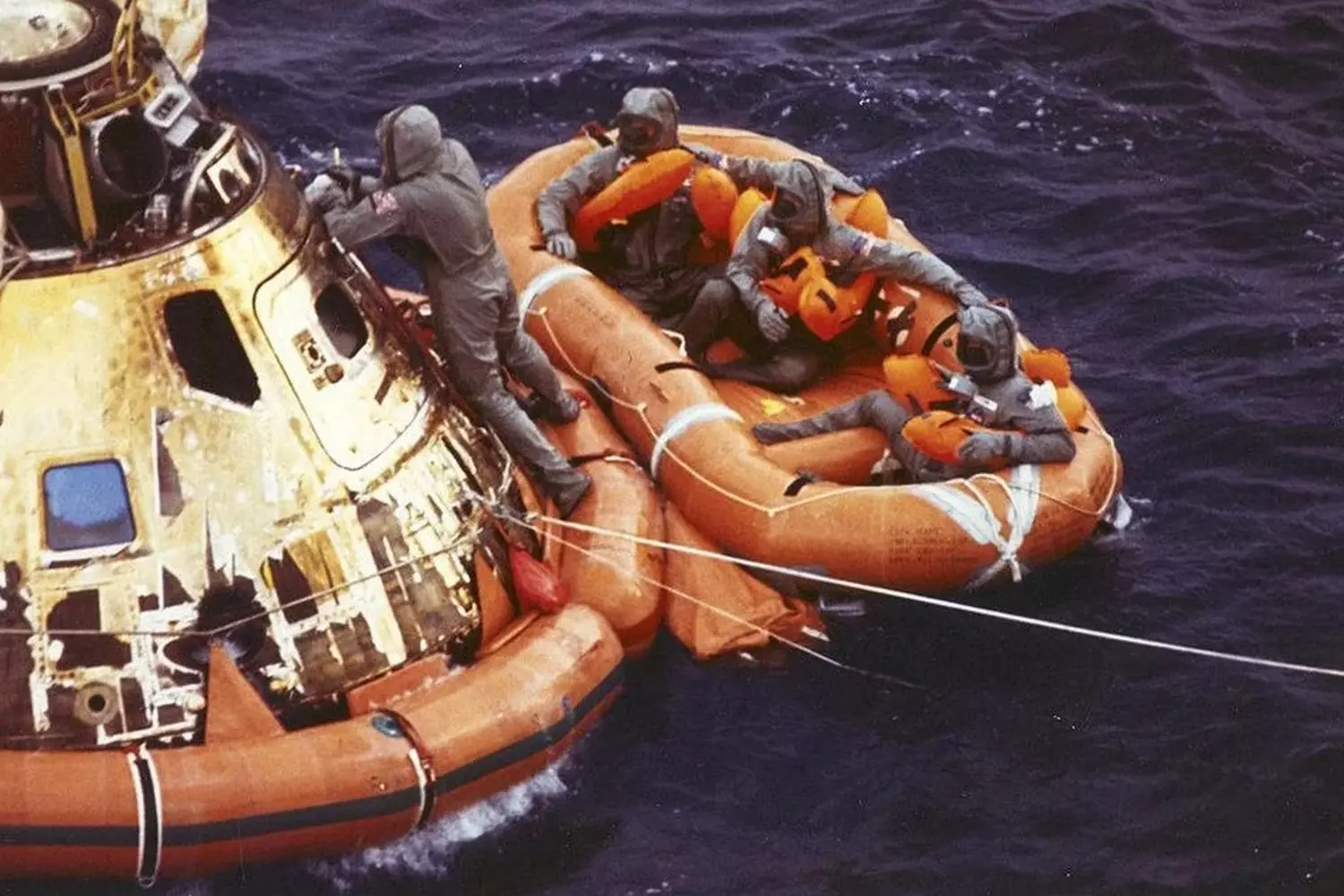
With American Butler — to Your Own Heights
The story of the Moon landing is not just a heroic episode in the annals of humanity. It is proof that teamwork, courage, and perseverance can turn the impossible into the achievable. Just as Neil Armstrong and his team took the first step onto the surface of another world, today you can take your own step toward new discoveries and unforgettable experiences — together with professionals who know how to turn dreams into reality.
The American Butler team is your personal guide to a world of unique travels and tours across the USA. We offer not just trips, but carefully crafted programs that take into account all your wishes and interests. Want to get closer to the history of space exploration? Visit NASA museums and see authentic artifacts related to the Apollo 11 mission? Or maybe embark on a journey to iconic places across the USA, inspired by the spirit of great achievements? We can help organize:
- Individual and group tours to space centers and science museums;
- Visits to themed exhibitions and interactive programs for the whole family;
- Comfortable transfers, accommodation, and high-level service so you feel at home anywhere in the country;
- Exclusive events and special tours with professional guides and experts in space history.
With American Butler, every journey becomes more than just a trip — it’s a story where you are the main character. We take care of all organizational details so you can fully immerse yourself in an atmosphere of discovery and inspiration.
Allow yourself to take this important step — toward new experiences, knowledge, and emotions.


































